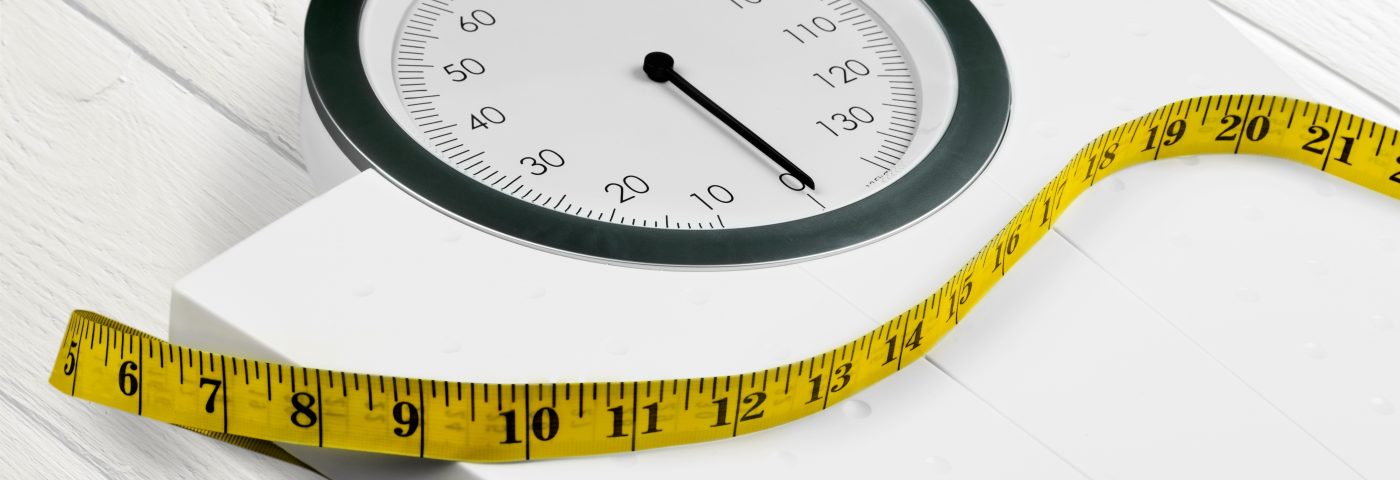Muscular Atrophy Is a Sign That Something Needs to Change

I’m starting to recover from my recent iliopsoas bleed. I’m irritated that my right hip isn’t as flexible as it used to be, but that’s a normal part of recovery. It’ll take me a while to regain the ability to move freely and easily.
I’m looking forward to the day that my wife, Cza, and I can get back to our regular gym sessions.
I recently had a funny, albeit awkward, conversation with our baby’s nanny. She complimented me for getting thin and looking good — or at least better than I used to look.
My initial reaction was, “People find me attractive. Cool!” My old clothes, from before I started going to the gym, will fit me again, which is great. But the weight loss wasn’t intentional or part of some newfangled diet. It was muscular atrophy, something I believe that people with hemophilia should watch out for and try to prevent.
I promised myself that once I got back to the gym, I would do whatever I could to counteract the atrophy. Experts say that the key to living harmoniously with hemophilia is prevention, and a huge part of that is protecting your joints and muscles through physical strength.
Growing up, I heard from caregivers and doctors that I needed to lose weight to prevent injuries. They believed that thinness would prevent joint strain. I can still hear the voices of concerned caregivers: “Magpapayat ka na! Para hindi ka na magka-bleed!” In Filipino, that translates to, “Get thin already! It’ll make you bleed less!”
In my opinion, a more effective form of bleed prevention is an active, healthy, and disciplined lifestyle. I’ve witnessed firsthand the benefits of a strong body. It pays off in the long run. I’ve experienced fewer bleeds. I have greater confidence in myself and am less afraid of taking risks.
Many would consider our nanny’s remark a compliment, but as someone with chronic illness, things like weight management are important to keep an eye on. They inform me when it’s time to readjust my lifestyle so that I can return to my normal, everyday rhythm and be the best possible version of myself.
***
Note: Hemophilia News Today is strictly a news and information website about the disease. It does not provide medical advice, diagnosis, or treatment. This content is not intended to be a substitute for professional medical advice, diagnosis, or treatment. Always seek the advice of your physician or another qualified health provider with any questions you may have regarding a medical condition. Never disregard professional medical advice or delay in seeking it because of something you have read on this website. The opinions expressed in this column are not those of Hemophilia News Today or its parent company, Bionews Services, and are intended to spark discussion about issues pertaining to hemophilia.







Leave a comment
Fill in the required fields to post. Your email address will not be published.